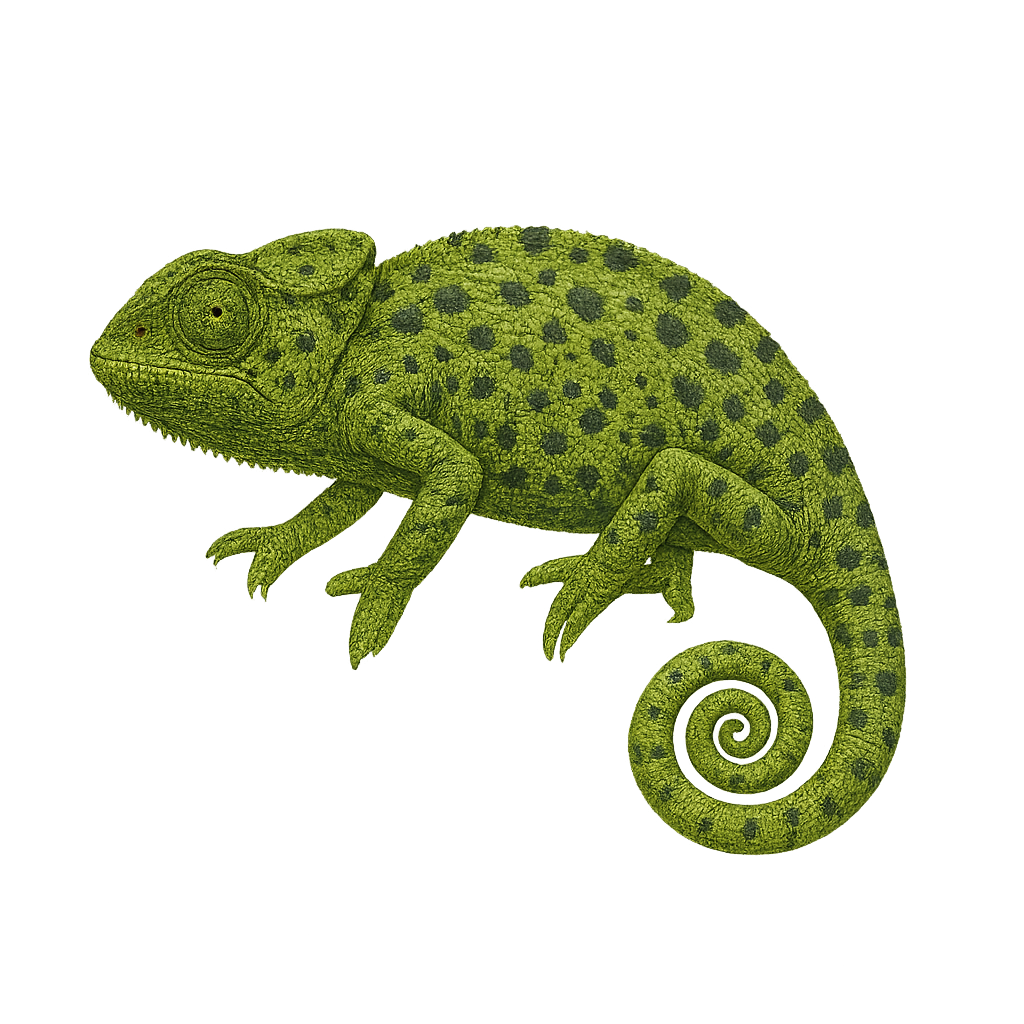Your wildlife photography guide.
Explore the common chameleon in detail, study its behavior, prepare your shots.
Where to observe and photograph the common chameleon in the wild
Learn where and when to spot the common chameleon in the wild, how to identify the species based on distinctive features, and what natural environments it inhabits. The WildlifePhotographer app offers tailored photography tips that reflect the common chameleon’s behavior, helping you capture better wildlife images. Explore the full species profile for key information including description, habitat, active periods, and approach techniques.
Common chameleon
Scientific name: Chamaeleo chamaeleon

IUCN Status: Least Concern
Family: CHAMAELEONIDAE
Group: Reptiles
Sensitivity to human approach: Suspicious
Minimum approach distance: 2 m
Reproduction period: May to June
Incubation: 180–275 jours
Births: May to June
Habitat:
forests, scrublands, shrub areas
Activity period :
Active during the day when temperatures are favorable, often seen basking in the sun.
Identification and description:
The common chameleon, Chamaeleo chamaeleon, is a fascinating reptile known for its ability to change color. Native to Mediterranean regions, it primarily inhabits forests, scrublands, and shrub areas. This chameleon is a master of camouflage, using its color-changing ability to blend into its surroundings and evade predators. It has an extremely long and fast tongue, which it uses to catch insects. Its vision is also remarkable, with eyes capable of moving independently, allowing it to monitor its environment in 360 degrees. Although primarily arboreal, it occasionally descends to the ground to move from tree to tree.
Recommended lens:
Macro – adjust based on distance, desired framing (portrait or habitat), and approach conditions.
Photography tips:
To photograph the common chameleon, it is advisable to use a macro lens to capture the details of its skin and color changes. Approach slowly and discreetly to avoid scaring it, maintaining a distance of at least 2 meters. Look for it in trees and bushes, where it often camouflages itself. The natural light of the morning or afternoon is ideal to highlight the bright colors of its skin. Be patient and wait for it to be still to get sharp shots.
The WildlifePhotographer App is coming soon!
Be the first to explore the best nature spots, track rutting seasons, log your observations, and observe more wildlife.
Already 1 430 wildlife lovers subscribed worldwide

